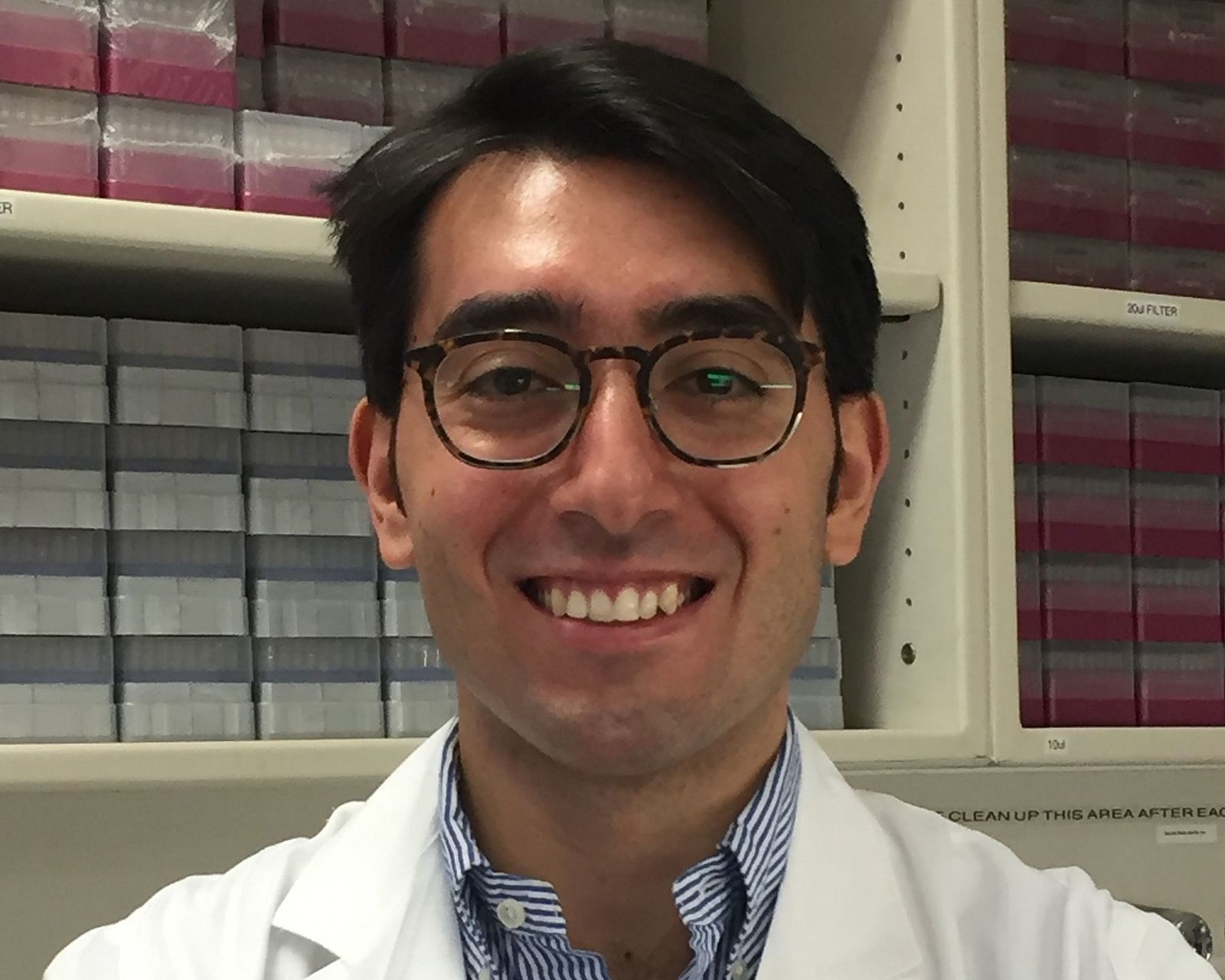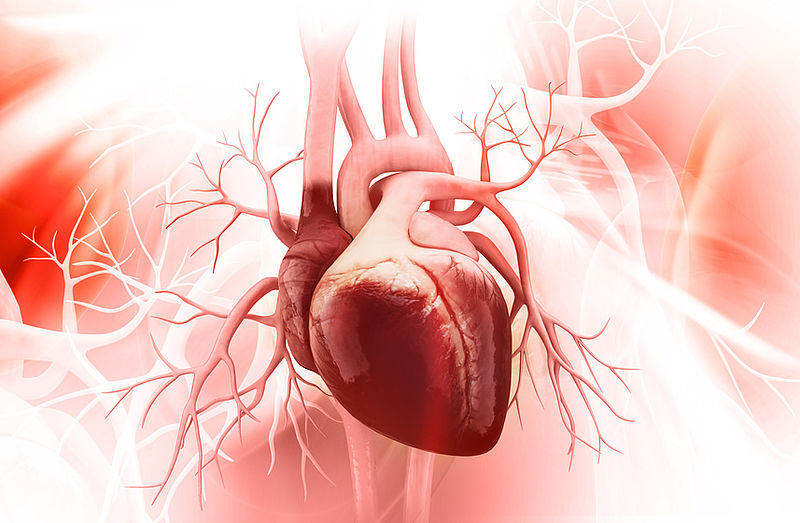Schiattarella studied medicine at the University Federico II of Naples and earned there his specialization in cardiology. After that, he qualified for a PhD course at the UT Southwestern Medical Center (UTSW) in Texas, USA, with a research grant. In Germany, the Italian cardiologist will work at the two DZHK partner institutions Charité – Universitätsmedizin Berlin and the Max Delbrück Centre for Molecular Medicine (MDC). “This is a perfect combination for me because at the Charité I benefit from the daily experience of clinical colleagues dealing with heart failure patients, and the MDC offers excellent conditions for basic research,” says Schiattarella.
Obesity and high blood pressure are risk factors
At the University of Texas, the scientist developed the first pre-clinical model for heart failure with preserved ejection fraction (HFpEF). The model is based on the observation that patients with HFpEF are often overweight, have diabetes and hypertension. When Schiattarella combined these factors in mice, they developed HFpEF. The young researcher then spent two years testing and finally confirmed that this animal model reflects the typical characteristics of HFpEF in humans. Compared to systolic heart failure, which is already well treatable, the heart’s pumping power is still maintained here, but the left ventricle can’t relax or fill fully. “HFpEF is complex and cannot be considered a single disease; thus, we know that our model does not represent all cases of HFpEF. But it provides a uniquely valuable platform for deciphering mechanisms of this medical condition”, says Schiattarella.
Exercise training works, but how?
With his model’s help, Schiattarella discovered one of the key players in the inflammation typical of HFpEF and caused by metabolic disorders: the enzyme-inducible nitric oxide synthase (iNOS). In mice with HFpEF, this enzyme is more abundant. He was also able to show that there is significantly more iNOS in tissue samples from patients with HFpEF than in healthy heart cells. Schiattarella has set himself three goals with his DZHK Junior Research Group: First, he wants to investigate how iNOS interacts with the liver x-receptor alpha (LXR alpha). Both molecules are involved in a crucial inflammatory process in heart cells. His research projects also focus on a signalling pathway that plays a role in the lipid metabolism of heart cells, which is impaired in HFpEF. The young scientist also wants to find out how physical exercise affects inflammation at the molecular level because physical activity is the only thing that has been able to help with HFpEF so far.
Contact: Christine Vollgraf, Press and Public Relations, German Centre for Cardiovascular Research (DZHK), Tel.: 030 3465 529 02, presse(at)dzhk.de
New DZHK Junior Research Group focuses on heart failure and cardiometabolic disease



